Spa pedicure. Features of the procedure
Our legs deserve special attention no less than the pens or face. To make the skin on the feet well-groomed and velvety helps the spa pedicure procedure, which includes not only the removal of rough skin, but also massage, nutrition and even aromatherapy. It would seem that you can only do spa pedicures in the salon. However, this is not so, it turns out that each of us has the strength to make it at home on our own.
Spa Pedicure Features
This procedure differs from other types of pedicure by non-invasive methods of treating the skin on the feet. Due to the fact that the coarse epidermis is not cut and not cut, any injuries are excluded. At the same time, calluses, corns and other seals are affected by special means that lead to their softening and are easily and painlessly removed.
The whole procedure takes about 2 hours and consists not only in the removal of dead skin cells, but also in its nutrition, deep hydration and relaxation of the legs by massage.
Benefits of the procedure
Unlike a regular pedicure, the effect of this procedure is longer, so for about a month you completely forget that the skin on the feet can be dry and rough. In addition, the spa pedicure has other positive aspects:
- It is possible to achieve soft and clean skin on the feet without the use of cutting tools.
- When conducting such a pedicure, various means are used that have a softening, nourishing and moisturizing effect.
- The procedure allows you to relax as much as possible and gain excellent well-being.
How do spa pedicures
In order to make a spa pedicure you need special products that are based on essential oils. No cutting tools are needed for this. The only tool that the master uses is an orange stick, which the cuticle pushes back. Sometimes it is combined with a hardware pedicure.
Some salons allow their variations of the spa pedicure. At the same time, its main stages remain unchanged: steaming the skin on the feet to soften it, cleansing, nourishing and moisturizing the epidermis. Let's consider each of the stages in more detail.
Steaming
The procedure always starts with steaming the feet. To do this, the legs are lowered into a bath of warm water, where an additional antiseptic is added. The temperature of such a bath should be around 38 degrees. If the water turns out to be hot, blood vessels may be affected. Cold water will not allow you to achieve the effect of steaming, so the skin will not become soft.
About 5-10 minutes are usually given for steaming. If you do this longer, then a large amount of moisture is absorbed into the skin, as a result of which it will acquire a loose structure. To better prepare the skin on the feet for further procedures, special preparations are added to the water.
Peeling
The next step is to clean the keratinized layer of the epidermis. To do this, use scrubs based on sea salt, sand or alpha-hydroxy acids. Such components can not only exfoliate, but also prepare the legs for the subsequent application of dissolving serum.
The composition of this serum includes special fruit acids, the main task of which is to remove dry and dense areas of the skin on the feet, corns and corns. Therefore, the heels become very soft and smooth. After rinsing the legs with water, you can proceed to the next step.
Nutrition and hydration
To make the skin on the feet moisturized and nourish them with useful substances, use a mask created on the basis of natural ingredients, vitamins and aromatic oils. It can be mineral clays, algae, menthol, glycerin, aloe extract, etc.Keep such a mask on your feet for about 25 minutes, after which just rinse with water.
Massage
The procedure ends with a foot massage. On our soles there are a lot of active points and if you act on them, you can achieve an improvement in the work of almost all internal organs. Thus, such a massage can be considered not only cosmetic, but also a healing procedure.
A well-performed massage makes it possible to relieve tension in the muscles, relax them, relieve tension in the joints, relieve you of fatigue and even headache. Thanks to soft massaging movements, the blood circulation of the lower extremities is enhanced, respectively, they receive much more oxygen and nutrients.
At the end of the massage, a cream with a nourishing effect is applied to the feet, so that the skin becomes smooth and cracks disappear on it. Often, the procedure is combined with a paraffin wrap. It is known that paraffin has a moisturizing effect and makes the skin softer and more tender.
The final touch is the application of a tonic on the legs with a cooling effect. It may contain lemon or peppermint oils. After that, you can start processing the nails.
Contraindications to spa pedicure
As you can see, this procedure has many positive qualities, but at the same time there are contraindications to its implementation. Refuse to conduct a spa pedicure should be for those who have:
- diabetes;
- foot skin fungus;
- any rash, including allergic;
- Varicose veins;
- period of pregnancy.
Procedure cost
The average cost of a spa pedicure in salons ranges from 700 to 1800 rubles. It depends on the prestige of the institution you have chosen, the experience of the master, the cosmetics used (tonics, scrubs, creams, etc.), as well as ongoing operations aimed at improving the condition of your legs.
If you decide to do yourself a spa pedicure in the salon, then approach responsibly to his choice. First of all, the master must have all the documents that confirm his qualifications. In addition, the cabin should have a pleasant and cozy atmosphere: attractive interior, quiet and pleasant music, the use of aromatic oils. The frequency of the procedure is 1 time in 1-1.5 months.



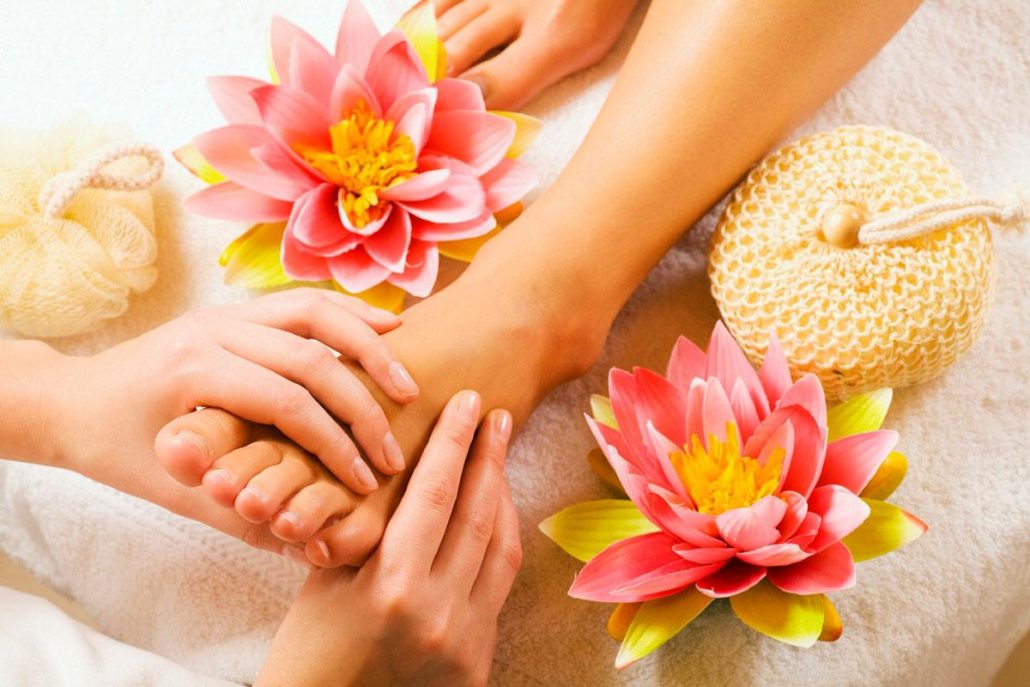
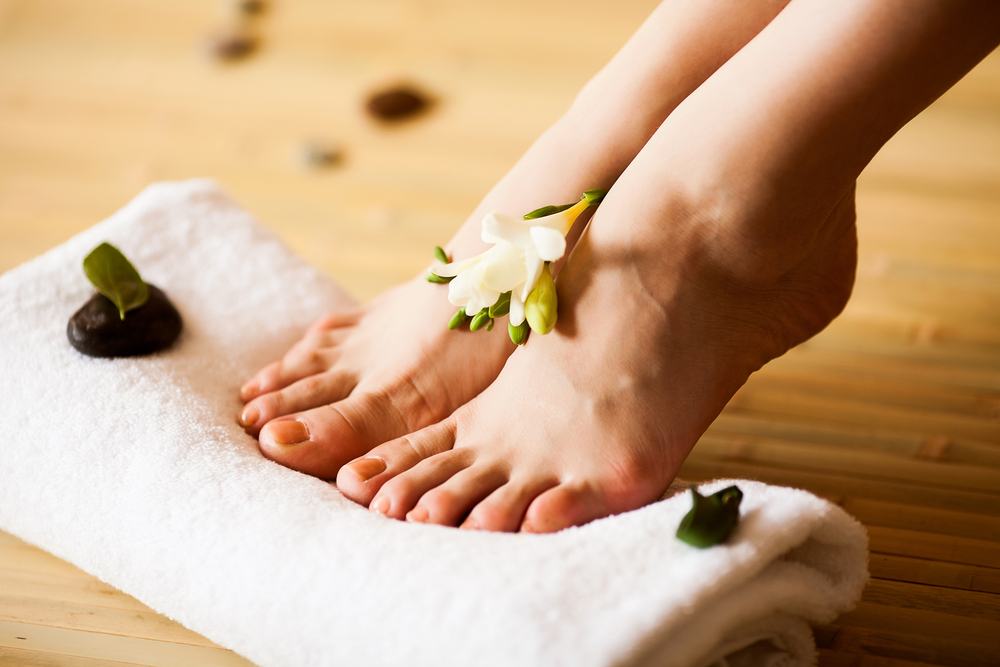

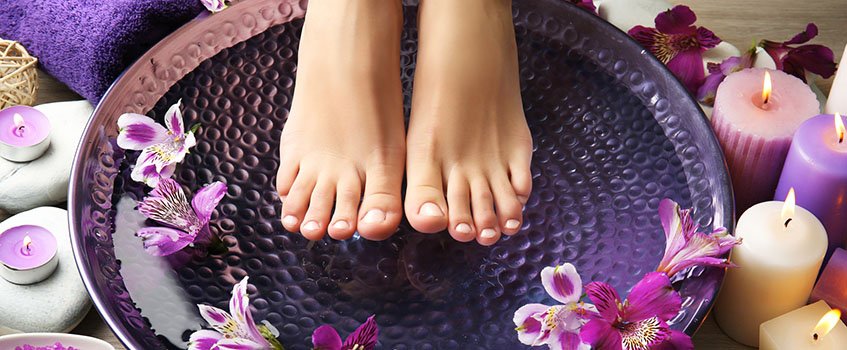
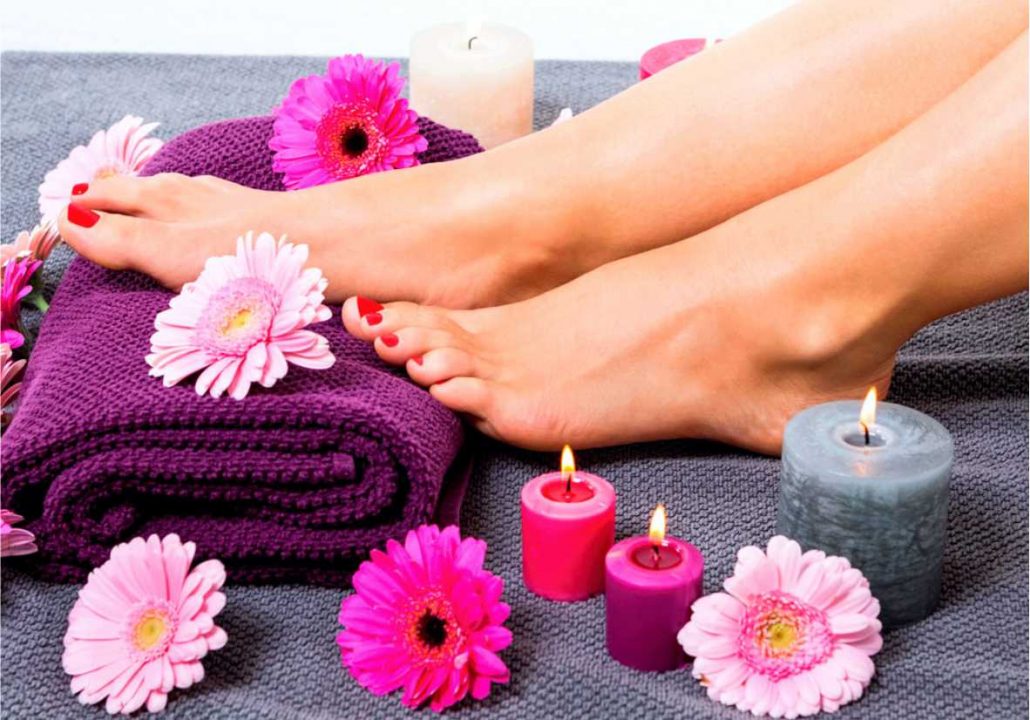
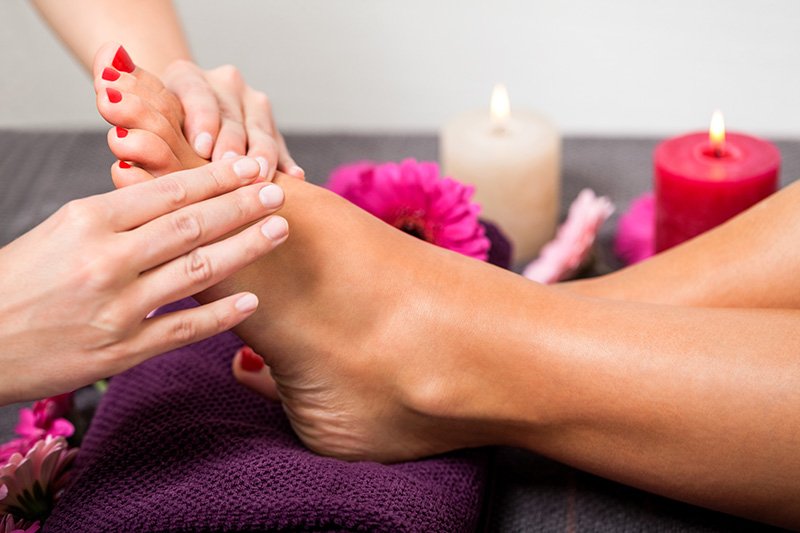
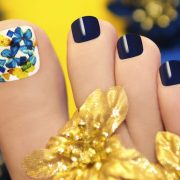



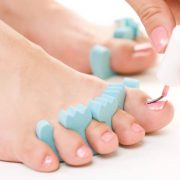
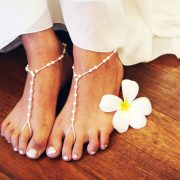

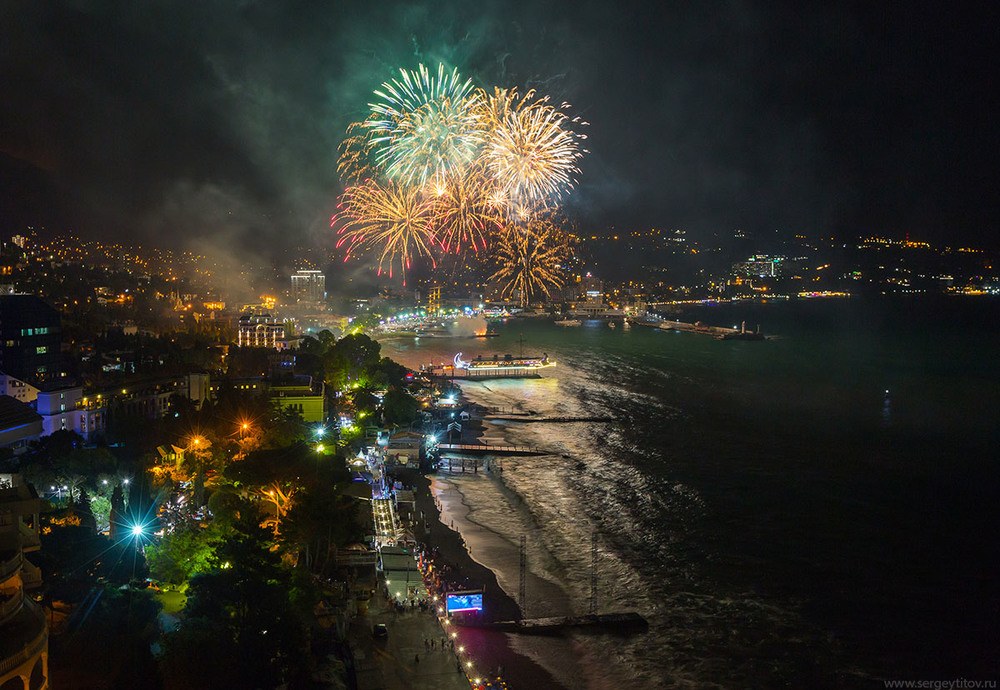
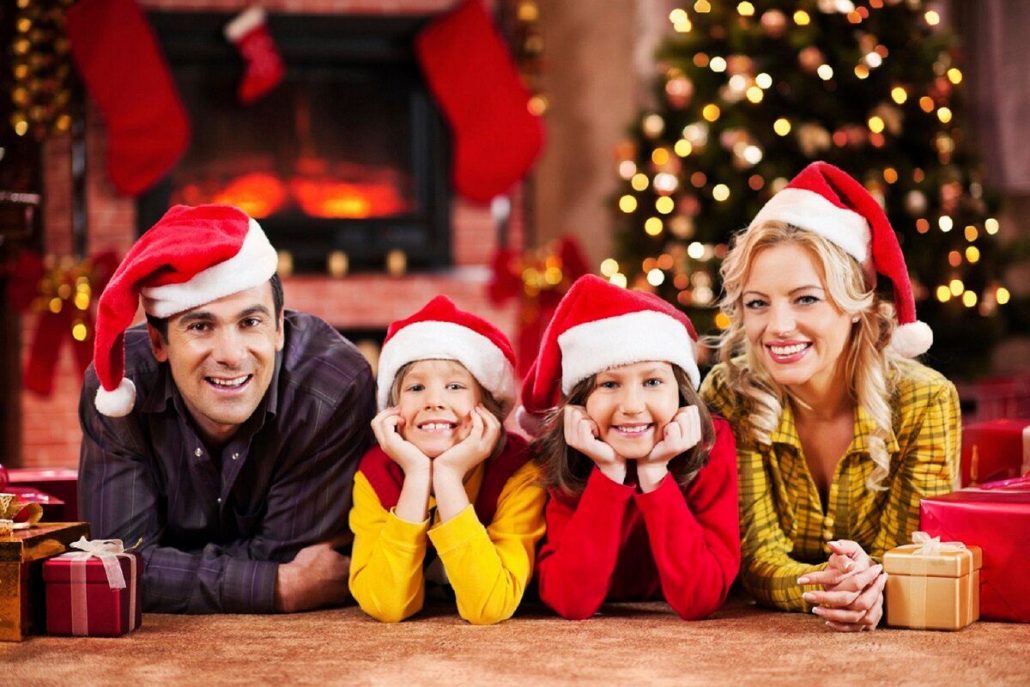
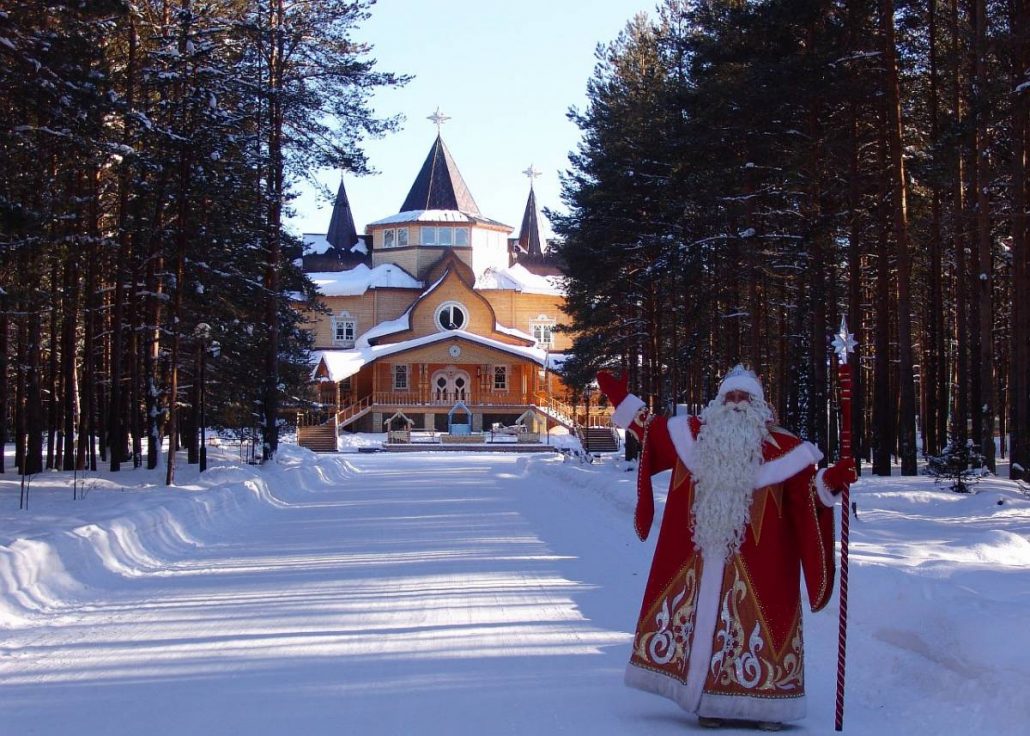



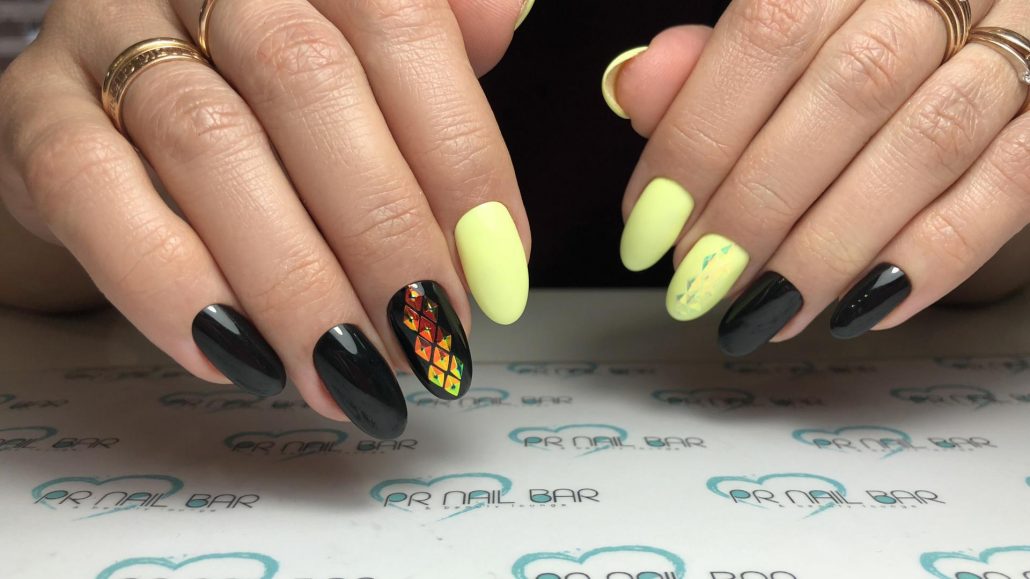



To answer
Want to join the discussion?Feel free to contribute!